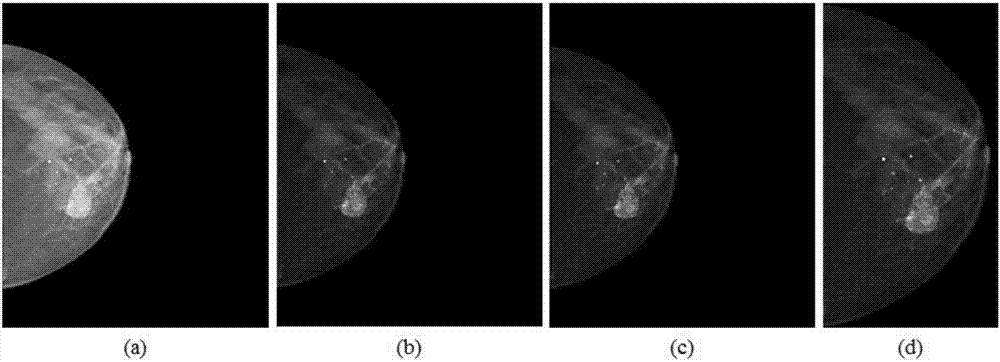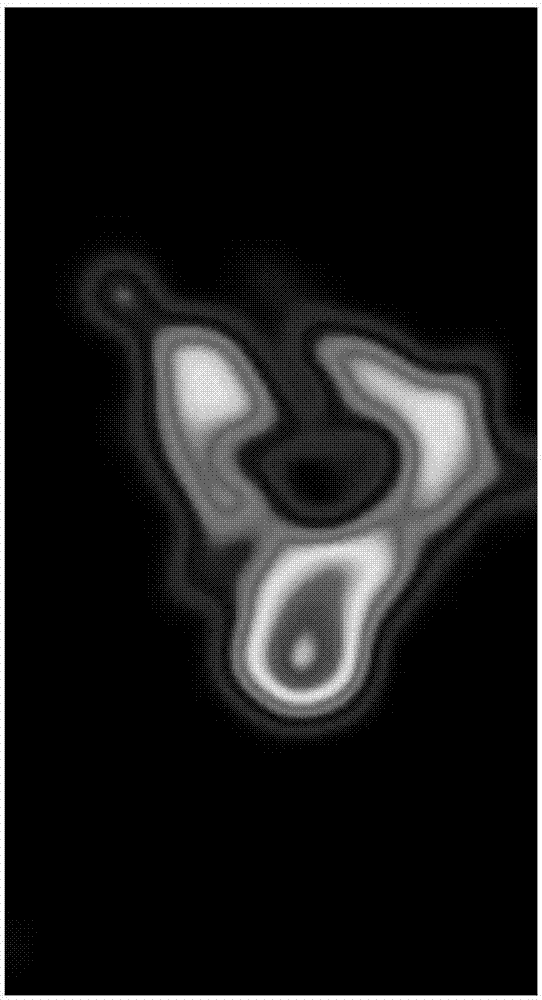Deep residual network-based semantic mammary gland molybdenum target image lump segmentation method
A semantic segmentation and image technology, which is applied in the field of semantic segmentation of breast mammography images, can solve problems such as uneven intensity distribution, inability to accurately express local features of images, and unsatisfactory segmentation results, so as to improve robustness and accuracy, The effect of reducing the likelihood of overfitting
- Summary
- Abstract
- Description
- Claims
- Application Information
AI Technical Summary
Problems solved by technology
Method used
Image
Examples
Embodiment 1
[0069] Embodiment 1, the breast mammography image mass semantic segmentation method based on depth residual network, such as Figure 1-Figure 4 shown, including the following:
[0070] Annotate the collected mammography images corresponding to the pixel categories of breast masses and normal tissues (that is, label semantic segmentation labels), obtain label images, and divide mammography images together with their corresponding label images into training samples and test samples; preprocessing After training samples, generate a training data set; construct a deep residual network, use the training data set to train the network, perform hyperparameter search, and obtain a deep residual network training model; generate a test data set after preprocessing the test samples, and test The mammography image to be segmented in the data set uses the deep residual network training model to perform binary classification and post-processing on each pixel of the image, obtains the semanti...
PUM
 Login to View More
Login to View More Abstract
Description
Claims
Application Information
 Login to View More
Login to View More - Generate Ideas
- Intellectual Property
- Life Sciences
- Materials
- Tech Scout
- Unparalleled Data Quality
- Higher Quality Content
- 60% Fewer Hallucinations
Browse by: Latest US Patents, China's latest patents, Technical Efficacy Thesaurus, Application Domain, Technology Topic, Popular Technical Reports.
© 2025 PatSnap. All rights reserved.Legal|Privacy policy|Modern Slavery Act Transparency Statement|Sitemap|About US| Contact US: help@patsnap.com



